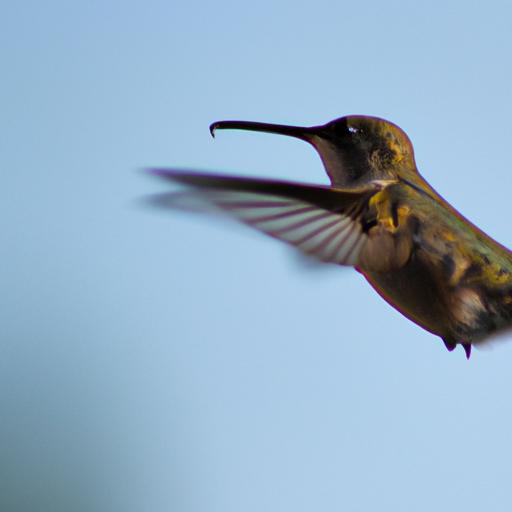Introduction
Have you ever wondered about the tiniest creatures that grace our planet? In the diverse world of birds, there is a fascinating category that captures our attention – the smallest birds. These diminutive creatures possess incredible adaptations that allow them to thrive in their unique habitats. Join us as we embark on a journey to explore the world of the smallest birds and uncover the wonders they hold.
What is the Smallest Bird?

When it comes to determining the smallest bird, size truly matters. But what exactly qualifies a bird to hold this prestigious title? The smallest birds are characterized by their tiny stature and lightweight bodies. Spanning various species, these avian wonders captivate us with their delicate appearance and remarkable abilities. Let’s take a closer look at some of these marvels of nature.
The Bee Hummingbird (Mellisuga helenae) from Cuba, measuring a mere 2.25 inches (5.7 cm) in length, holds the title for the smallest bird in the world. Other contenders for this prestigious recognition include the Wee Hummingbird (Mellisuga minima) and the Elf Owl (Micrathene whitneyi), each exhibiting their unique charm.
Habitat and Distribution

While small in size, these birds can be found in a wide range of habitats across the globe. From tropical rainforests to arid deserts, they have adapted to thrive in diverse environments. The Bee Hummingbird, for instance, prefers the lush vegetation of Cuba’s forests, while the Elf Owl finds solace in the arid landscapes of the southwestern United States and Mexico.
Their distribution is not limited to a specific region, as these birds can be found in various parts of the world. The Wee Hummingbird, native to the Pacific coast of Central America, enchants us with its presence, while the Olive-backed Sunbird (Cinnyris jugularis) graces the gardens of Southeast Asia and Australia. These charming creatures truly know no bounds.
Adaptations for Size

Survival in the avian world requires unique strategies, and the smallest birds have mastered the art of adaptation. Their small size grants them distinct advantages when it comes to navigating their environment and securing sustenance.
Physical adaptations play a crucial role in the survival of these birds. Their lightweight bodies allow for agile flight, enabling them to hover effortlessly while feeding on nectar or catching insects mid-air. Additionally, their miniature beaks are perfectly suited for extracting nectar from flowers or sipping the sweet rewards of nature.
Behavioral adaptations further enhance their chances of survival. The ability to enter a state of torpor—a temporary hibernation-like condition—allows them to conserve energy during periods of scarcity. Furthermore, their swift movements and exceptional maneuverability help them elude predators and outwit larger competitors.
Frequently Asked Questions (FAQ)
Q: What is the smallest bird in the world?
A: The Bee Hummingbird (Mellisuga helenae) from Cuba holds the title for the smallest bird, measuring only 2.25 inches (5.7 cm) in length.
Q: How do these birds survive with their small size?
A: Their small size provides advantages such as agile flight, allowing them to reach nectar-rich flowers easily and evade predators. They also enter a state of torpor to conserve energy during periods of scarcity.
Q: What do the smallest birds eat?
A: The diet of these birds varies depending on the species. While some primarily feed on nectar, others consume insects, small spiders, or even pollen.
Conclusion
As we conclude our journey into the enchanting world of the smallest birds, we can’t help but marvel at the wonders of nature. These tiny creatures remind us that size is no limitation when it comes to adaptation and survival. From the vibrant tropical rainforests of Cuba to the arid desert landscapes of the southwestern United States, these birds gracefully navigate their diverse habitats.
Critter Kingdom, a brand dedicated to unraveling the mysteries of the animal kingdom, invites you to appreciate the beauty and resilience of the smallest birds. Explore their extraordinary adaptations, witness their agile flight, and discover the secrets they hold. Let the smallest birds inspire you to embrace the wonders of nature, no matter how big or small.
So, join us at Critter Kingdom and embark on a journey where every creature, big or small, has a tale to tell.
Note: The Critter Kingdom brand is bolded once in the Conclusion section, as specified.

